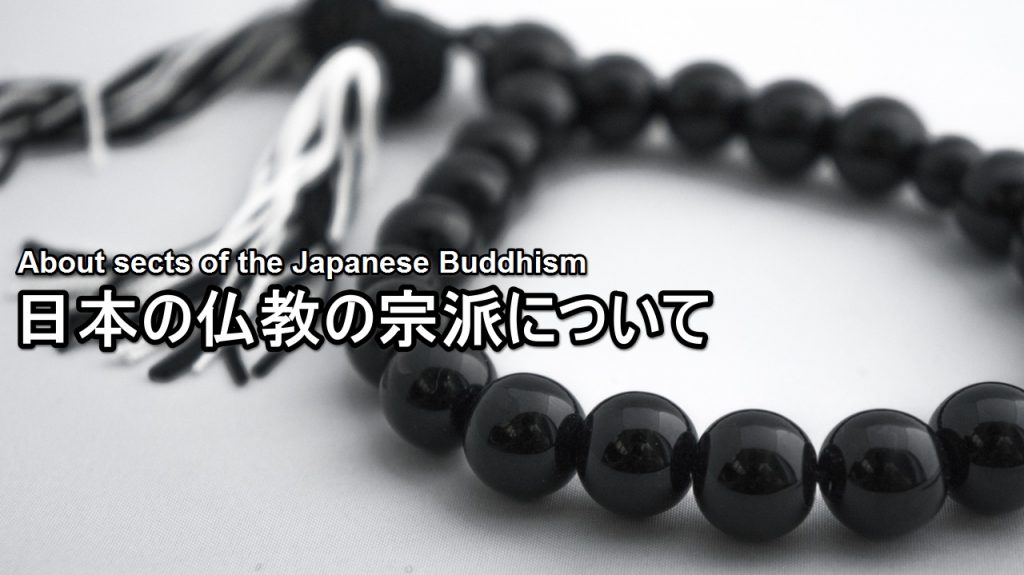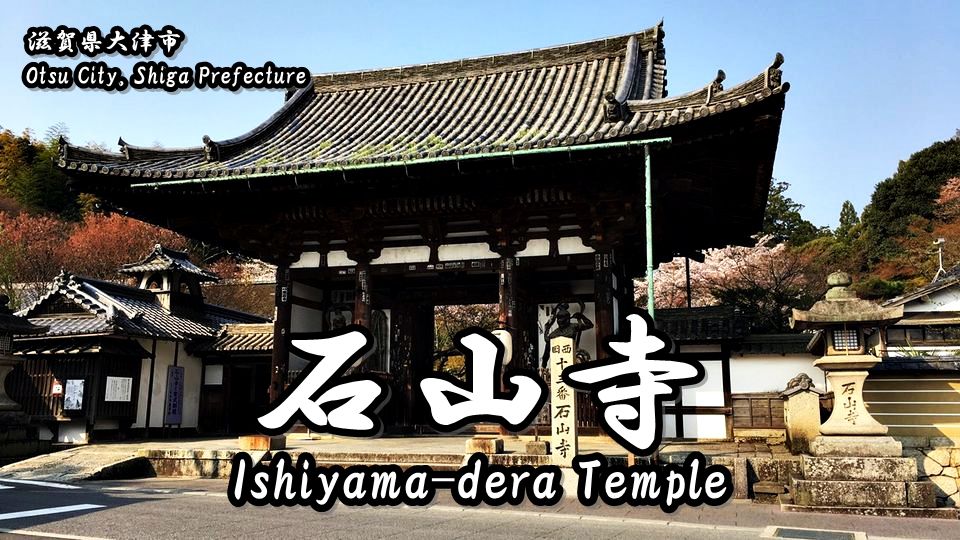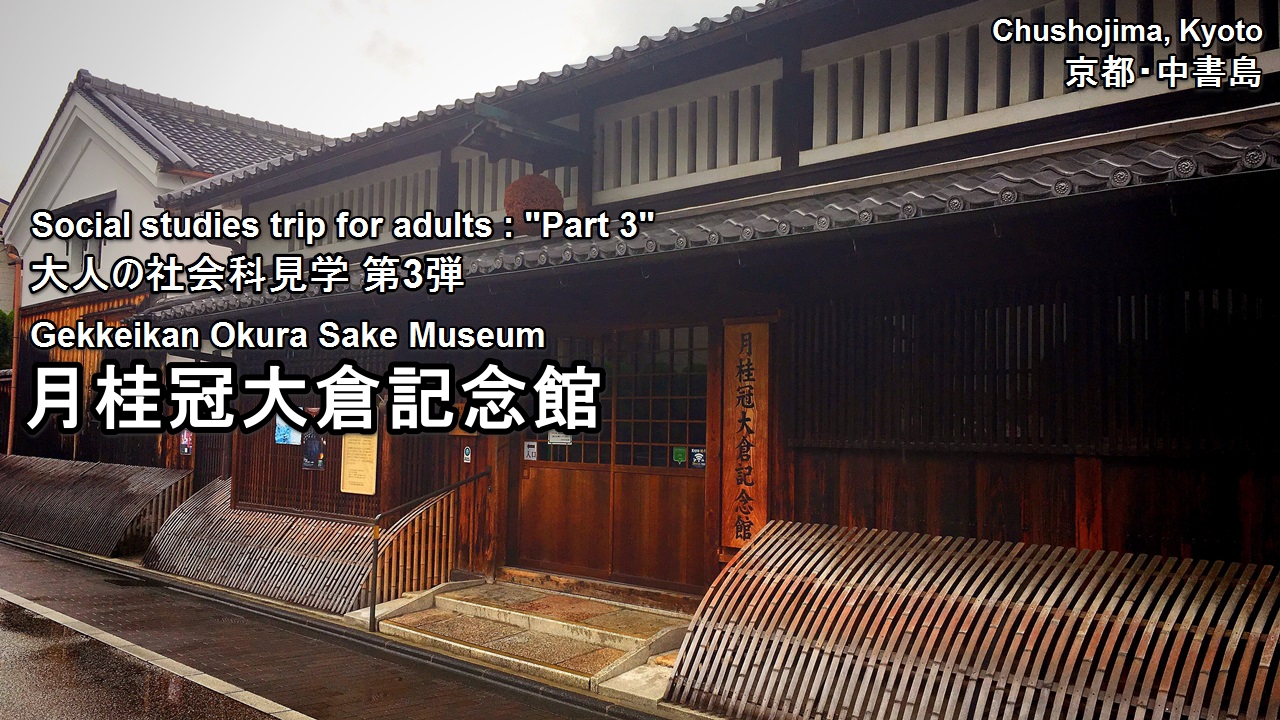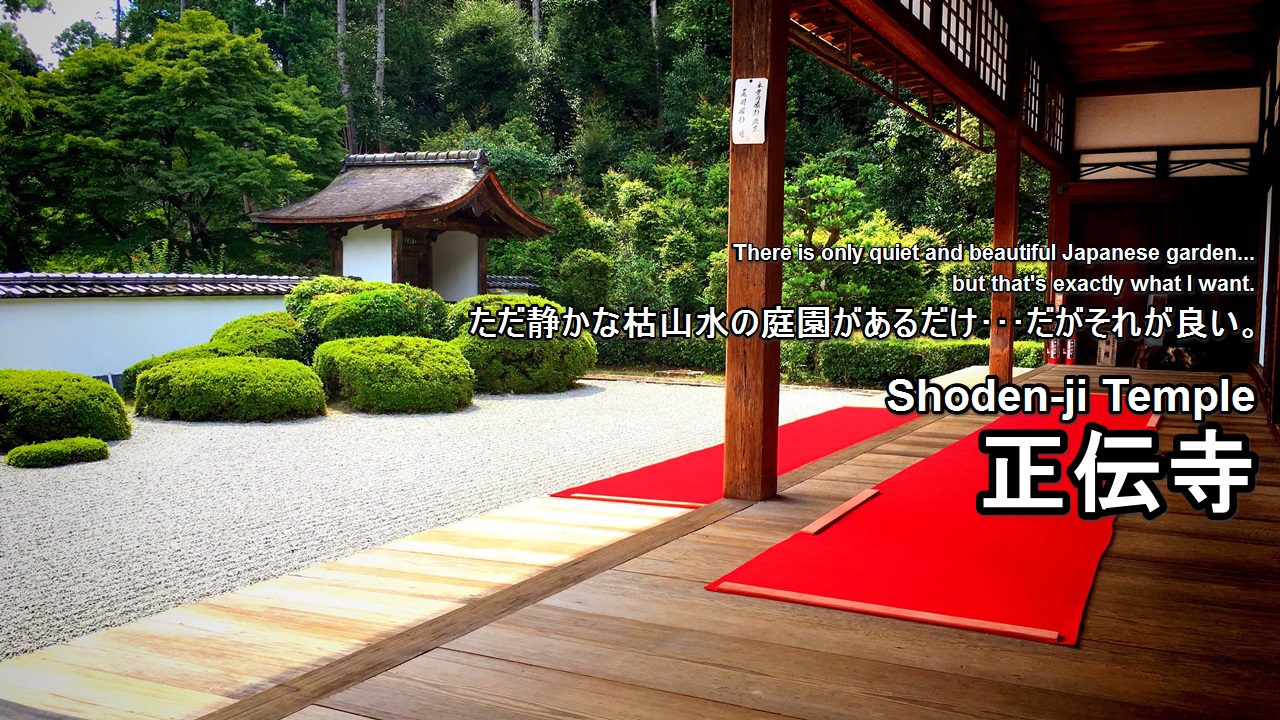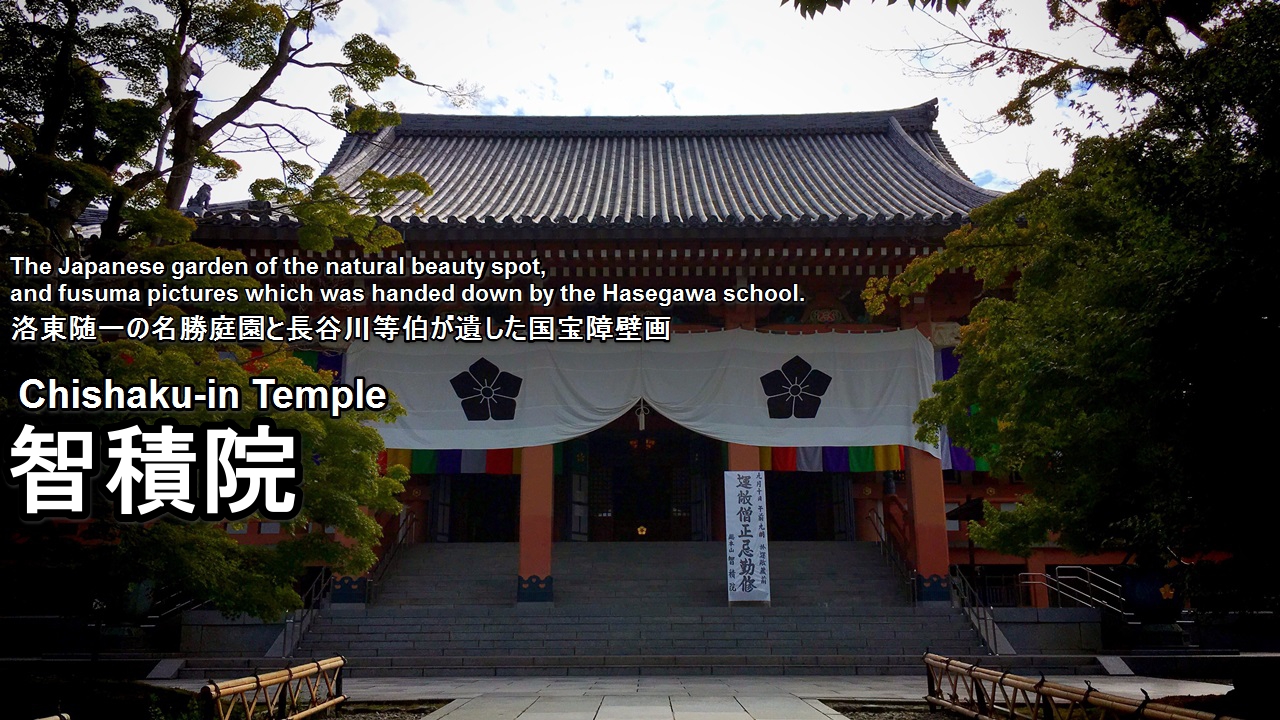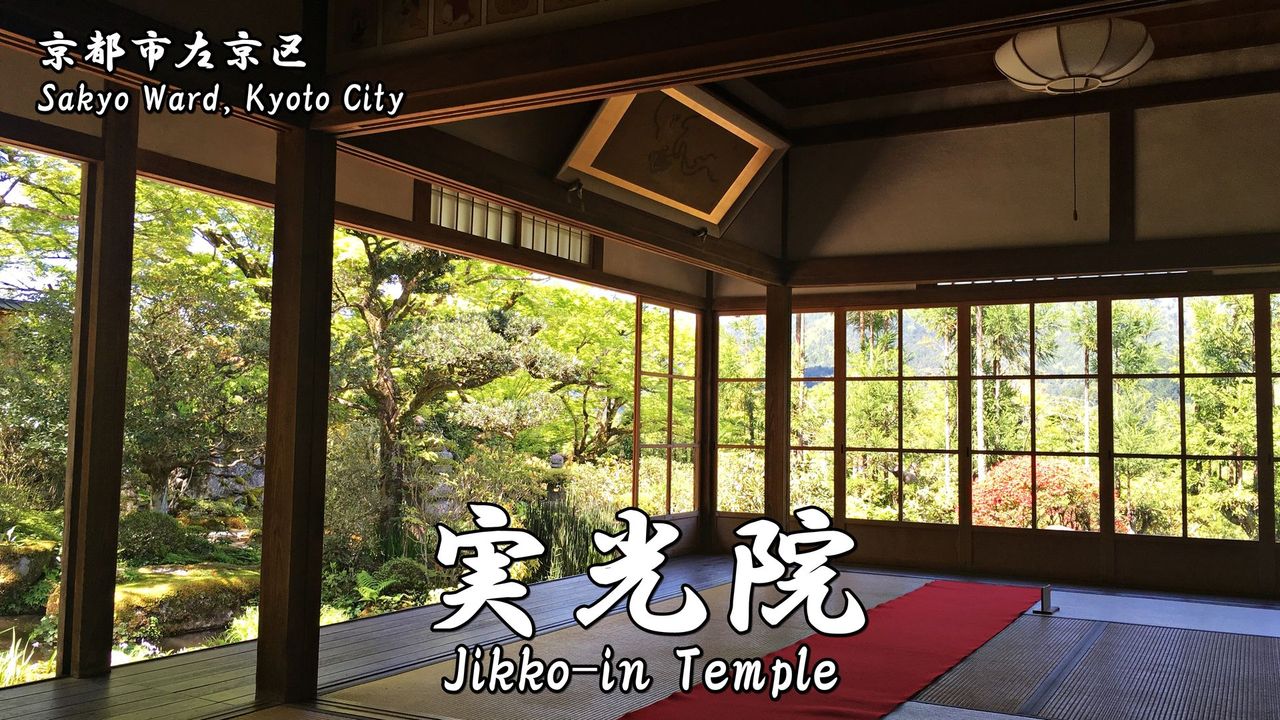There are various sects in Japanese Buddhism.
“This temple is the Shingon sect in Japan!!”
“Because this temple is the Jodo sect of Buddhism, the principal idol is Amida Nyorai (Amitabha Tathagata).”
Have you not watched such a sentence in guide sites?
(I also write such a sentence frequently in this Blog.)
However, do you know the sects and the characteristic of the Japanese chaitya well?
I didn’t know that…
This is no good.
Therefore, I checked the sects of the Buddhism of Japan and these characteristic.
Contents:
1.A sect and characteristic of the Japanese Buddhism
Attention : Also note that the views and impressions here are those of individuals.
A denomination of representative Buddhism called “13 sects of Japanese Buddhism” was in Japan by 1940 before the Religious Corporation Act promulgation.
(It becomes “18 sects of Japanese Buddhism” now.)
I made the list of the characteristic of each denomination.
2.Characteristic of each sects
The large classification of the denomination of the Japanese Buddhism is the following six denominations.
- Nara Buddhism line(Nanto Rokushu, or the Six Sects of Nara)
- Esoteric Buddhism line
- Jodo line
- Zenshu (Zen Buddhism) line
- Hokke(Nichiren) Buddhism line
- Other
●Nara Buddhism line(Nanto Rokushu, or the Six Sects of Nara)
Nanto Rokushu’ (also called ‘Nanto Rikushu’) is the general term of the six Buddhist sects which flourished mainly in Heijo-kyo (the capital of Japan in the Nara period) in the Nara period.
・Sanron sect
・Thought that the essence of all existence is “空(Ku)”. (空:くう, 梵: śūnyatā)
・”空(Ku)” is thought of Buddhism regarded as “This world continues changing.”.
(a belief in Buddhism in which everything is regarded as relative)
伝来(Introduction):625
本山(Head Temple):Gango-ji Temple (Nara),Daian-ji Temple (Nara)
主な本尊(Main principal idol):Yakushi Nyorai(Bhaisajyaguru)
経典(Main Sutra):San-ron Sutra
・Jojitsu sect
・Thought that the essence of all existence is “空(Ku)”. (空:くう, 梵: śūnyatā)
・”空(Ku)” is thought of Buddhism regarded as “This world continues changing.”.
(a belief in Buddhism in which everything is regarded as relative)
伝来(Introduction):-
本山(Head Temple):-
宗祖(Sect founder):Dozo
主な本尊(Main principal idol):None Specified
経典(Main Sutra):Jojitsu-ron Sutra
・Hosso sect
Theory of this sect : “We can enter Nirvana by doing long ascetic practices”.
Theory of this sect : “to practice various kinds of Buddhistic austerities”.
伝来(Introduction):661
本山(Head Temple):Kofuku-ji Temple (Nara), Yakushi-ji Temple (Nara)
宗祖(Sect founder):Dosho
主な本尊(Main principal idol):Vijnapti-matrata mandara, Miroku Bosatsu(Maitreya Bodhisattva)
経典(Main Sutra):Sandhinirmocana Sutra, Yugashijiron Sutra, Joyuishikiron Sutra
・Kusha sect
・The basic theory of this sect is the same as “Hosso sect”.
However, this sect assumes “Abhidharma Kosa Sutra” of the origin in India.
伝来(Introduction):-
本山(Head Temple):-
宗祖(Sect founder):-
主な本尊(Main principal idol):None Specified
経典(Main Sutra):Abhidharma Kosa Sutra
・Kegon sect
・A theory of this sect is a philosophical, difficult theory. (For example, “One is others, and others are one”)
・The theory of this sect is not to think but to feel.
伝来(Introduction):740
本山(Head Temple):Todai-ji Temple (Nara)
宗祖(Sect founder):Shinsho
主な本尊(Main principal idol):Birushanabutsu(Vairocana)
経典(Main Sutra):Kegon-kyo Sutra(Avatamsaka Sutra)
・Ritsu sect
・This sect attaches great importance to religious precepts of the Buddhism called “律(Ritsu)”.
・”律(Ritsu)” is a way of thinking called “a rule of the group are important”.
(This attitudes parallel a current Japanese education in many points.)
伝来(Introduction):754
本山(Head Temple):Toshodai-ji Temple (Nara)
宗祖(Sect founder):Ganjin
主な本尊(Main principal idol):Birushanabutsu(Vairocana)
経典(Main Sutra):Shibun-ritsu Sutra(Dharmaguptika-vinaya)
・Shotoku Sect
・The basic theory of this sect is the same as “Hosso sect”.
・This sect make it clear that Prince Shotoku is the founder of this sect.
伝来(Introduction):-
本山(Head Temple):Horyu-ji Temple (Nara)
宗祖(Sect founder):Prince Shotoku
主な本尊(Main principal idol):Shakyamuni triad
経典(Main Sutra):Sangyo Gisho Sutra
●Esoteric Buddhism line
The esoteric Buddhism means “secret teaching”.
And this denomination is generally a denomination of the secret religion of the Mahayanist Buddhism.
・Tendai sect
・This sect is the position of the university of the Japanese Buddhism.
・This sect produced the initiator of many other denominations.
・This sect thinks that “Mikkyo(Esoteric Buddhism)” is the same as “Kenkyo(exoteric Buddhism)”.
・Nara has few temples of the Tendai sect. This is because Saicho which is an initiator of this sect was on bad terms with a temple of Nara.
伝来(Introduction):806
本山(Head Temple):Hiei-zan Enryaku-ji Temple (Kyoto)
宗祖(Sect founder):Saicho
主な本尊(Main principal idol):Shaka Nyorai(Gautama Buddha)
経典(Main Sutra):Lotus Sutra, Amida-kyo Sutra
・Shingon sect
・This sect is the position of the college of the Japanese Buddhism.
・This sect thinks that “Mikkyo(Esoteric Buddhism)” and “Kenkyo(exoteric Buddhism)” are different.
・This sect thinks that a sect except this sect is a part of this sect.
伝来(Introduction):823
本山(Head Temple):Koyasan Kongobu-ji Temple (Wakayama)
宗祖(Sect founder):Kukai
主な本尊(Main principal idol):Dainichi Nyorai(Vairocana)
経典(Main Sutra): Dainichi-kyo Sutra, Kongocho-kyo Sutra
●Jodo line
Jodo-kyo is a teaching for people to become Buddha in the Land of Bliss of Amitabha Buddha.
・Yuzu-Nenbutsu sect
・Theory of this sect : “All for one and one and one for all”
・The word of “融通(Yuzu)” have a meaning as “helps each other”.
・Theory of this sect : Let’s make the action of chanting a prayer to Amida Buddha ten times in a day.
伝来(Introduction):1117
本山(Head Temple):Dainenbutsu-ji Temple (Osaka)
宗祖(Sect founder):Ryonin
主な本尊(Main principal idol):Tentoku Nyorai
経典(Main Sutra):Kegon-kyo Sutra (Avatamsaka Sutra), Lotus Sutra
・Jodo sect
・Theory of this sect : We can go to Paradise if we advocate a prayer to Buddha (Namu Amida Butsu).
・This sect attaches great importance to a prayer to Buddha very much.
・I think that it is influence of this sect and Jodo-Shinshu sect that a Japanese advocates a prayer to Buddha frequently.
伝来(Introduction):1175
本山(Head Temple):Chion-in Temple (Kyoto)
宗祖(Sect founder):Honen
主な本尊(Main principal idol):Amida Nyorai(Amitabha Tathagata)
経典(Main Sutra):Jodosanbu-kyo(Three Sutras of the Pure Land)
・Jodo-Shinshu sect
・Theory of this sect : Even if we do not demand the help, Buddha helps us.
・This is a way of thinking of Tarikihongan (salvation by faith in Amitabha). (Therefore let’s advocate a prayer to Buddha to thank Buddha.)
伝来(Introduction):1224
本山(Head Temple):-
宗祖(Sect founder):Shinran
主な本尊(Main principal idol):Amida Nyorai(Amitabha Tathagata)
経典(Main Sutra):Jodosanbu-kyo(Three Sutras of the Pure Land)
・時宗
・Theory of this sect : We must not advocate a prayer to Buddha to demand a result.
(Let’s advocate a prayer to Buddha earnestly without thinking anything.)
・A thought that all the everyday life is the end of the life.
(Therefore let’s always advocate prayers to Buddha not to be sorry.)
伝来(Introduction):1274
本山(Head Temple):Shojoko-ji Temple (Kanagawa)
宗祖(Sect founder):Ippen
主な本尊(Main principal idol):Amida Nyorai(Amitabha Tathagata)
経典(Main Sutra):Jodosanbu-kyo(Three Sutras of the Pure Land)
●Zenshu (Zen Buddhism) line
The Zen Buddhism is a denomination of Buddhism training ourselves using the Zen meditation.
・Rinzai sect
・Theory of this sect : to reach the stage of spiritual awakening after getting a delusion out of one’s head (State of the Zen)
・The way of thinking that all life coexists.
(Therefore the principal idol is not appointed in this sect in particular.)
伝来(Introduction):1191
本山(Head Temple):Myoshin-ji Temple (Kyoto) and others
宗祖(Sect founder):Minnan Eisai
主な本尊(Main principal idol):None Specified
経典(Main Sutra):None Specified
・Soto sect
・Theory of this sect : We must not advocate a prayer to Buddha to demand a result.
・We must not be particular about a spiritual awakening.
伝来(Introduction):1233
本山(Head Temple):Eihei-ji Temple (Fukui), Soji-ji Temple(Kanagawa)
宗祖(Sect founder):Dogen, Keizan
主な本尊(Main principal idol):Shaka Nyorai(Gautama Buddha)
経典(Main Sutra):Shobogenzo Sutra
・Fuke sect
・The Buddhist priest of this sect is called “mendicant Zen priest”.
伝来(Introduction):1254
本山(Head Temple):Myoan-ji temple (Kyoto)
宗祖(Sect founder):Shinchi Kakushin
主な本尊(Main principal idol):Kichiku Zenji
経典(Main Sutra):None Specified
・Obaku sect
・The basic theory of this sect is the same as “Rinzai sect”.
・This sect has a custom to advocate a prayer to Buddha in Chinese.
・An initiator of this sect is the person who introduced kidney beans to Japan.
伝来(Introduction):1661
本山(Head Temple):Mampuku-ji Temple (Kyoto)
宗祖(Sect founder):Ingen
主な本尊(Main principal idol):Shaka Nyorai(Gautama Buddha)
経典(Main Sutra):None Specified
●Hokke(Nichiren) Buddhism line
Hokkeshu(Nichiren) sect is one of the denomination of Buddhism. Its fundamental sutra is only Lotus Sutra.
・Nichiren sect
・This sect regarded the Lotus sutra as the supreme dharma. (Other sects are not recognized.)
・It is a commoner in the world of the Buddhism even if it is the Emperor.
伝来(Introduction):1253
本山(Head Temple):Kuon-ji Temple (Yamanashi)
宗祖(Sect founder):Nichiren
主な本尊(Main principal idol):Shaka Nyorai(Gautama Buddha), Great Mandala(Maha Mandala)
経典(Main Sutra):Lotus Sutra
●Other
・Shugenshu sect(Shugendo sect)
・This sect was developed as an mountain religion unique to Japan through incorporation of Shinto religion, Buddhism, Taoism, and so forth.
・The practitioner of austerities of this sect is called Yamabushi (Buddhist monk).
・Yamabushi is a practitioner of Shugendo (Japanese mountain asceticism/shamanism incorporating Shinto and Buddhist concepts) who earnestly walks in the mountains as an ascetic practice.
伝来(Introduction):Nara period
本山(Head Temple):Kimpusen-ji Temple (Nara) and others
宗祖(Sect founder):En no Gyoja(En no Ozunu)
主な本尊(Main principal idol):Zao Gongen
経典(Main Sutra):None Specified
How did you like it?
The Japanese Buddhism is really profound.
Have a nice trip! XD
<Let’s search the sightseeing information of Kansai in Japan on ‘Japan’s Travel Manual‘!!>
<This site introduces the easiest way to get Japanese (Kansai) sightseeing spots to you.>

